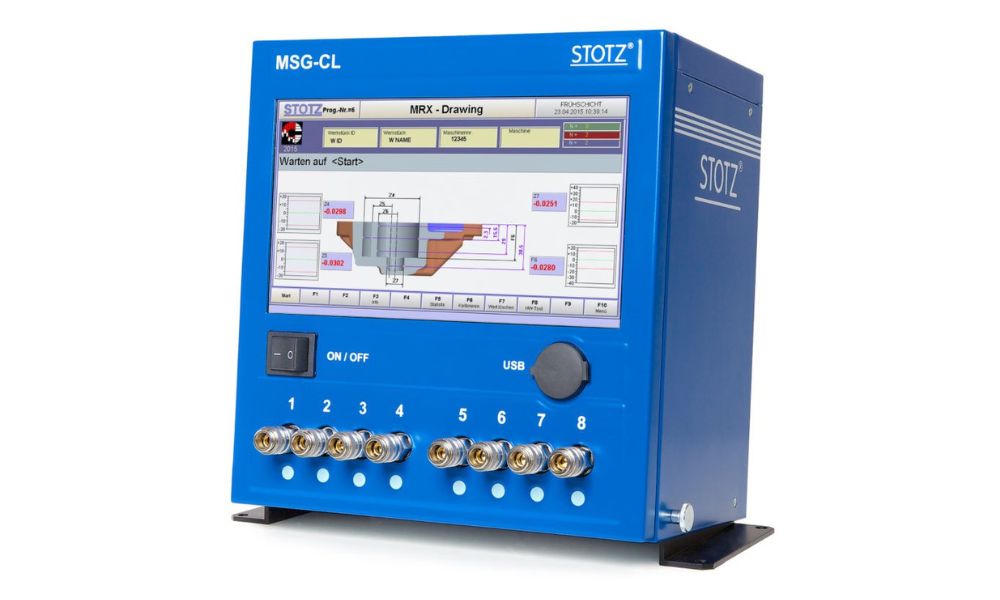If you need to measure small spaces, then you need to use an air gage and understand metrology. Metrology is the science of measurement, and understanding it is crucial for using air gages in your work. We cover the basics you need to know about metrology below so you can start determining the measurements you need.
Measurement Uncertainty
One of the most important aspects of metrology is measurement uncertainty. Measurement uncertainty refers to when there’s a bit of doubt about the exact number we get from measuring something. It shows that measurements are not perfectly precise but have a small range where the real value could be. In other words, it’s a measure of how confident you can be in your measurement. There are many factors that can affect measurement uncertainty, such as the accuracy of your measurement tools, environmental conditions, and operator variation. Understanding and minimizing measurement uncertainty is crucial for accurate and reliable measurements with air gages.
Equipment Calibration
Calibration is the process of comparing your measurement tools to a known standard to ensure accuracy and traceability. This process is essential to guarantee the consistency of your measurements over time, and to detect any deviations or drifts. Measurements are taken at several points throughout calibration, and professionals compare the results to the known values of the standard measurements. You need to regularly calibrate your air gages, typically every six months or annually. You can have it done in-house or by a third-party accredited lab.
Measurement Traceability
Traceability in air gaging means keeping a record of how we measure something using air. This allows us to check that our measurements are accurate and reliable. It is like creating a map that shows the journey of our measurement, ensuring we did it correctly. Traceability allows you to demonstrate the accuracy of your results to your clients or regulatory bodies. It is part of a documented and auditable calibration process. A good way to ensure traceability is to use measurement systems that are designed to comply with international standards, such as ISO 9001, AS9100, or ISO 17025.
Equipment Maintenance
Finally, it’s important to maintain your air gages and other measurement tools. To maintain accuracy and prevent damage, you should clean your air gages regularly, avoid overpressurization, and use a reputable supplier of consumable parts like pins and nozzles. You should store them in a clean and dry environment when not in use to avoid contamination or rust. Taking proper care of your measurement tools will extend their life and ensure that they perform reliably.
You need to know the basics about metrology to ensure reliability when using your air gage and other measurement tools. Air Gaging LLC provides Stotz air gages with digital displays to help you keep track of the basic aspects of air gage metrology. These tools have wide applications across various industries, and we look forward to helping you find the best option for your needs.

